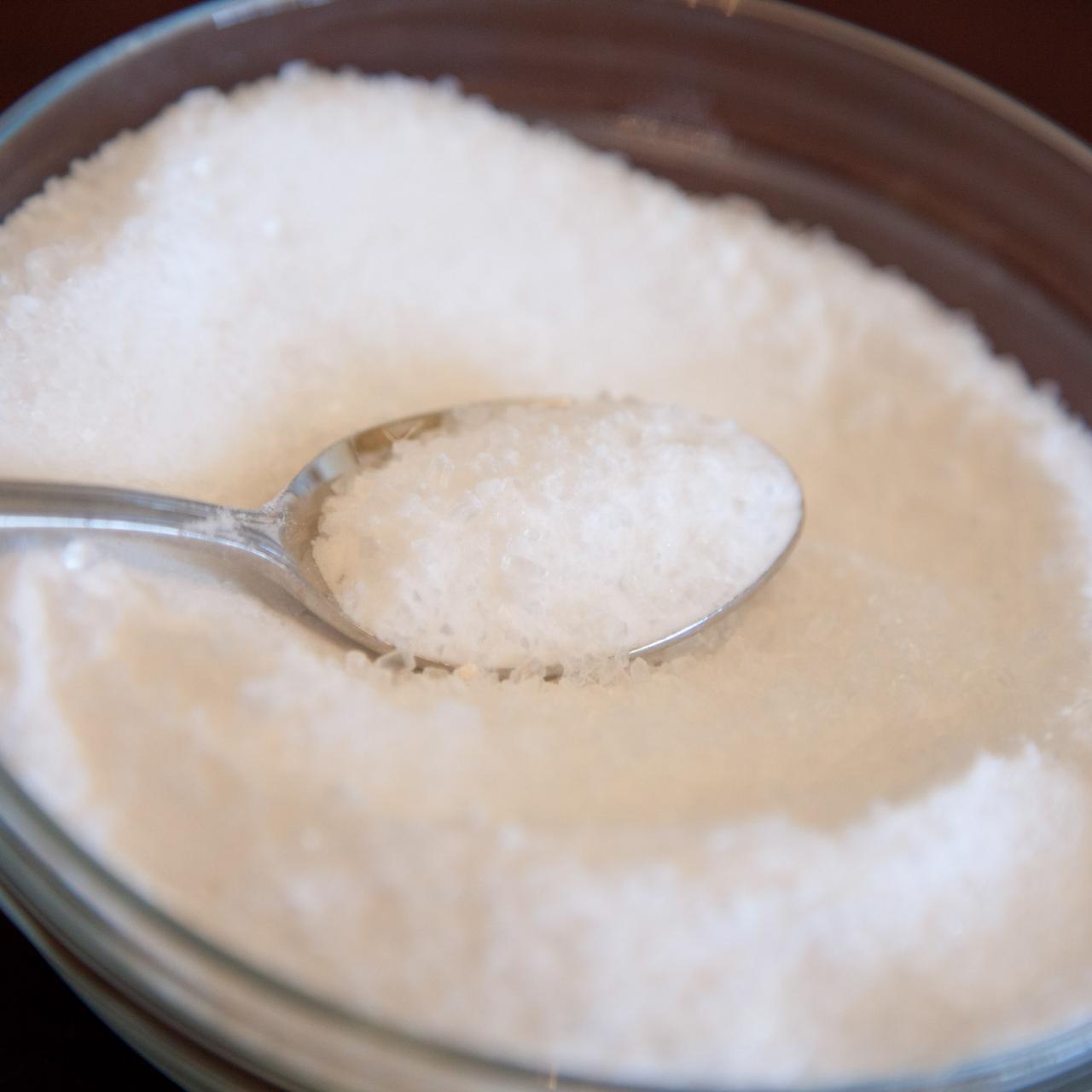Garden Mistakes: What Plants Don't Like Epsom Salt and Exactly How to Prevent Them
Garden Mistakes: What Plants Don't Like Epsom Salt and Exactly How to Prevent Them
Blog Article
Learn More About the Details Plants That Are Adversely Impacted by Epsom Salt Application
Epsom salt, a popular family treatment for different horticulture troubles, is commonly praised for its useful impacts on plant growth. Not all plants react favorably to its application. Understanding the certain plants that can be detrimentally affected by Epsom salt is important for any type of gardener wanting to maximize their plant treatment regimen. Roses, tomatoes, peppers, azaleas, and rhododendrons are simply a few instances of plants that might not react well to Epsom salt. The factors behind these adverse impacts and just how to minimize them are essential knowledge for maintaining a thriving yard.
Roses

Roses, especially sensitive to changes in their setting, can be negatively impacted by the application of Epsom salt. While Epsom salt is commonly used as a fertilizer to advertise plant growth and improve blooming, roses are just one of the plants that do not react well to its application. The high magnesium material in Epsom salt can disrupt the uptake of other necessary nutrients by the rose plants, resulting in shortages that show up as yellowing fallen leaves or stunted development.

Tomatoes
Tomatoes, understood for their flexibility in culinary applications, can display unfavorable effects when revealed to Epsom salt because of their specific nutrient demands. While Epsom salt is frequently promoted as a treatment for various plant issues, including bloom end rot in tomatoes, its application can cause destructive outcomes otherwise utilized deliberately. Tomatoes are hefty feeders that require a well balanced consumption of nutrients, specifically calcium, to prosper. Too much Epsom salt, which is magnesium sulfate, can interrupt the delicate nutrient equilibrium required by tomatoes, possibly leading to shortages in other crucial nutrients like calcium. This imbalance may show up in symptoms such as stunted growth, yellowing leaves, and even lowered fruit production in tomatoes. Therefore, when taking into consideration making use of Epsom salt on tomatoes, it is vital to abide by recommended application rates and dirt testing to protect against unintentional effects on the overall health and wellness and efficiency of these beloved yard plants.
Peppers
Peppers, admired for their numerous shades and levels of spiciness, can demonstrate vulnerability to unfavorable influences from Epsom salt when not applied with care and factor to consider for their specific dietary needs. what plants don't like epsom salt. Peppers, belonging to the Solanaceae household, need a fragile balance of nutrients to flourish. While Epsom salt is understood to boost magnesium degrees in plants, extreme application can disrupt this stability, bring about negative results on pepper plants
When peppers are subjected to high degrees of magnesium from Epsom salt, it can conflict with the plant's ability to absorb other crucial nutrients like calcium and potassium. This discrepancy may show up in signs such as fallen leave staining, stunted growth, and lowered fruit production. Additionally, the extreme magnesium can modify the dirt pH, further aggravating nutrient uptake problems for peppers.

Rhododendrons
Offered the sensitivity of particular plant types to imbalances triggered by Epsom salt, it is necessary to think about the influence on Rhododendrons, which likewise require specific nutrient levels to thrive. Rhododendrons are acid-loving plants that like acidic soil problems with a pH variety in between 4.5 and 6.0. Epsom salt, chemically understood as magnesium sulfate, can modify the dirt pH and interrupt the delicate balance of nutrients crucial for Rhododendron wellness.

To keep the optimum development and wellness of Rhododendrons, it is vital to stay clear of the unplanned use Epsom salt and rather concentrate on giving the certain acidic soil problems and nutrients that these plants need for flourishing.
Azaleas
These preferred flowering plants are often located in yards, landscapes, and parks due to their elegance and adaptability. While Epsom salt is generally utilized as a treatment for magnesium deficiency in plants, its application to azaleas can have unfavorable impacts.
When Epsom salt is put on azaleas, it can change the dirt pH, making it more acidic. Azaleas prefer somewhat acidic soil problems, and an excess of magnesium from Epsom salt can disrupt this equilibrium, resulting in nutrient discrepancies and prospective toxicity concerns. The incorrect application of Epsom salt can result in stunted development, yellowing of have a peek at this site fallen leaves, and total decline in the health of azaleas. As a result, it is crucial to be mindful when considering the use of Epsom salt on azaleas to stop any kind of unfavorable effects on these delicate ornamental bushes.
Conclusion
In conclusion, it is necessary to be mindful of the particular plants that can be detrimentally influenced by the application of Epsom salt. Roses, tomatoes, rhododendrons, azaleas, and peppers are some instances of plants that might not take advantage of Epsom salt and can even experience damage. It is important to study and understand the needs of each plant types before making use of Epsom salt as a plant food to ensure their health and wellness and wellness.
Recognizing the details plants that can be detrimentally affected by Epsom salt is important for any garden enthusiast looking to enhance their plant care regimen. While Epsom salt is generally used as a fertilizer to advertise plant development and boost flowering, roses are one of the plants that do not respond well to its application.Too much usage of Epsom salt can likewise result in more helpful hints a build-up of salts in the soil, leading to root damage and dehydration of the rose plants. While Epsom salt is understood to boost magnesium levels in plants, excessive application can interrupt this stability, leading to adverse impacts on pepper plants.
The high salt web content in Epsom salt can likewise dehydrate Rhododendron origins, creating more tension and damage to the plant. (what plants don't like epsom salt)
Report this page